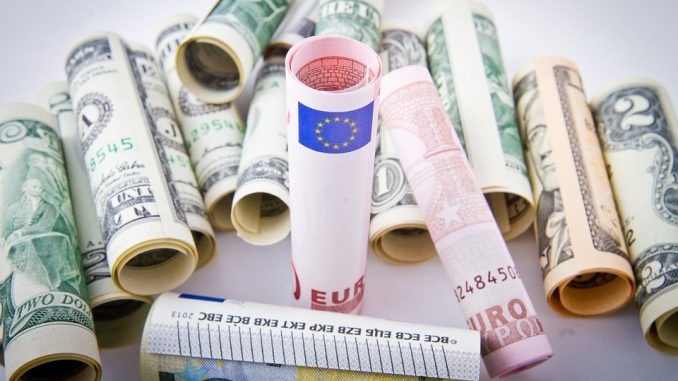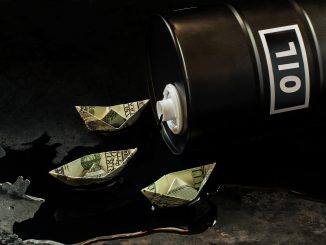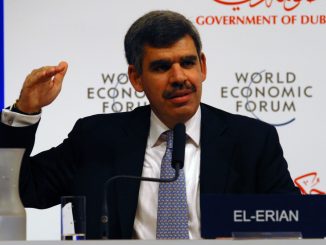
The euro saw gains during the week, after the United States imposed a tariff on steel and aluminum on the European Union, Mexico and Canada. The news came amid easing concerns about the Italian political crisis. The EUR / USD pair rose 0.08% to trade at $1.1672 per EUR, after earlier rising at 1.1724.
The United States is moving forward with the introduction of tariffs on aluminum and steel imports from Canada, Mexico and the European Union, ending a two-month-period of customs exemptions and potentially paving the way for a trade war, US Commerce Secretary Wilbur Ross said on Thursday.
However, the escalation of trade tensions is offset by optimism that the Italian political crisis can be resolved sooner than later. The single European currency recovered after falling to a 10-month low of 1.1509 on Tuesday, amid fears that repeated elections in Italy could give the country a mandate to exit the euro zone. Investors remained cautious as the euro zone’s political risk continued. In Spain, Prime Minister Mariano Rajoy faces a vote of no confidence in the government on Friday, which is likely to be passed.
On the other hand, investors in the markets were cautious amid continuing concerns about the trade dispute between the United States and China, as well as the situation in North Korea. The dollar fell to a five-week low against the safe Swiss franc, with USD / CHF dropping 0.45% to trade at 0.9845 francs per dollar.
The British Pound rose against the dollar, rising 0.29% to reach 1.3325 dollars per pound, after the pair hit a six-month low on Tuesday, at $1.3203 dollars, due to pressure regarding political risks in the euro zone.
The dollar index, which measures the strength of the dollar against a range of major currencies, fell 0.10% to 93.96, falling from a seven-month high of 94.98 points.
The JPY recorded gains in Thursday’s trading session, as the USD / JPY pair traded at 108.62 yen per dollar, down by 0.26% during today’s trading. The Housing Bank of Japan surprised investors by a rise of 0.3%, ending a bad series of nine declines. The Bank of Japan remains committed to continuing its policy of radical easing and negative interest rates until inflation approaches the bank’s target of almost 2%.
At the same time, policy makers at the Bank of Japan were looking for ways to stay away from radical easing, in part because very low interest rates had hurt the profits of financial institutions. Bank of Japan Governor Haruhiko Kuroda has promised that the bank will be transparent in terms of emerging from the radical mitigation policy. Kuroda understands that even a slight change in fiscal or monetary policy could have a major impact on markets, an event that the Bank of Japan is trying to avoid.




Be the first to comment